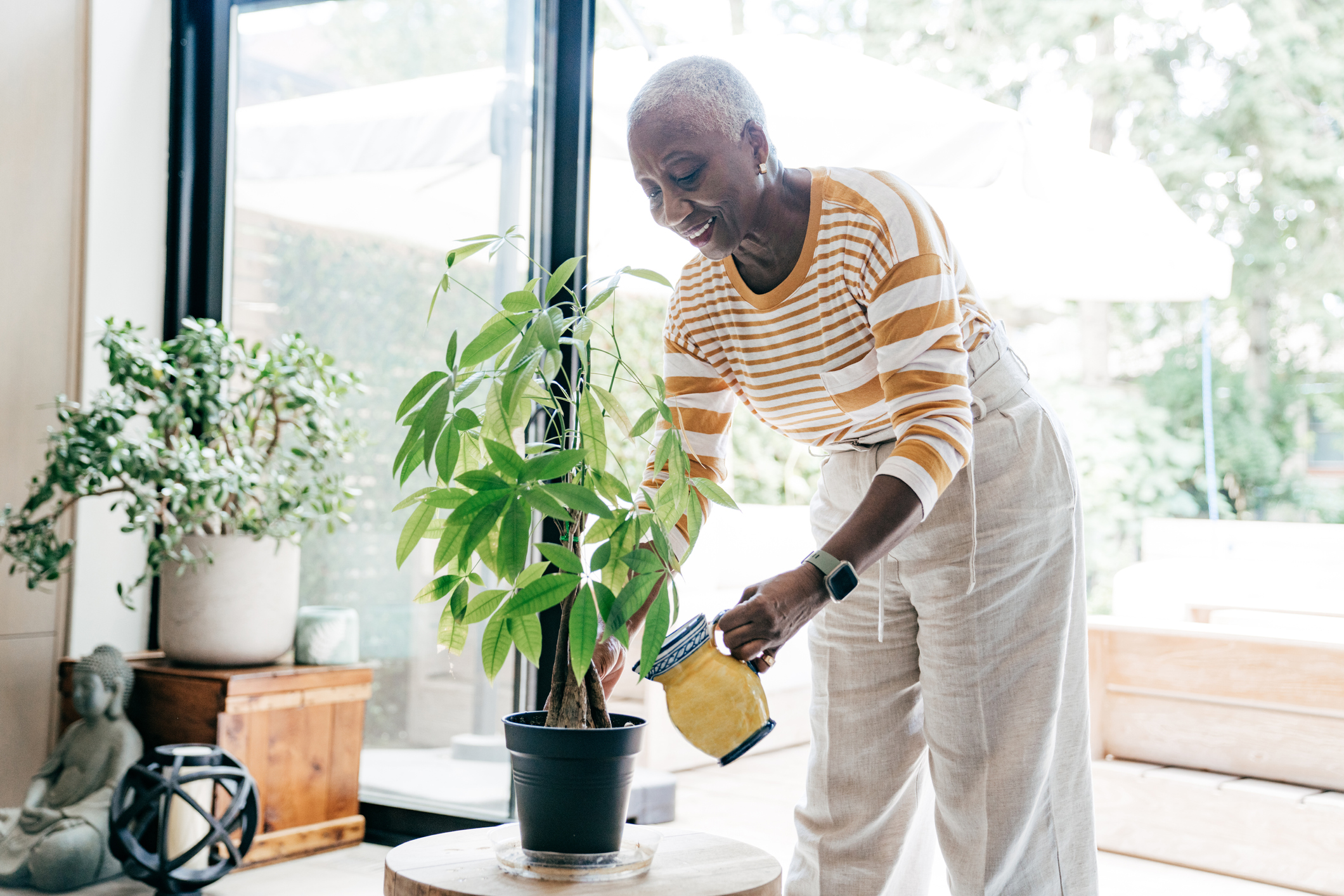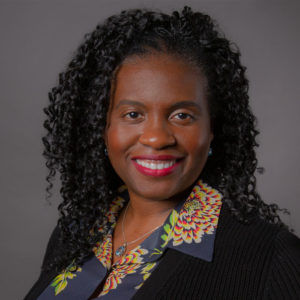As naviHealth Essential Insights reflects on Black History Month, naviHealth Senior Executive Medical Director Dr. Melissa Urrea sat down and shared with us some personal reflection on how the health care industry should pursue health equality and equity in order to better care for all patients.
Question: As we think about the future, how can we best align the pursuit of equality and equity within civil rights to that of equitable and equal access to quality health care?
Answer: I think the answer here is simple: Treat others as we treat ourselves. I think we have more in common as human beings than we realize and starting with this maxim encompasses our human need to be respected. This adage is applicable across all spectrums of the health care experience and includes consideration of the social determinants of health (SDOH) that impact a patient’s health.

Senior Executive Medical Director
naviHealth
Clinician to patient: as clinicians, we should treat the patient the way we would treat ourselves. It starts with putting ourselves in the shoes of the patient we are treating. Questions such as “what are their health care goals? What is their cultural background? What barriers do they potentially have to accessing care (transportation, language, cost, their understanding of health care)?”
Health care facility to patient: as the facility that provides the care, think about what things speak to the patient. Is the facility accessible? Is it clean? Is it welcoming? Would I want to be treated here if I was a patient?
Health care payer organization to patient: as the payer, placing themselves in the place of the patient. Is the payment system easy to navigate? Is the payment system confusing? Can a patient easily access all of their benefits? Is the payment system affordable? Does the payment system set aside funds to help patients who are in need (whether a recent or prolonged situation)?
Patient to health care system: yes, even we as patients must be a part of the process to make health care better. We need to become active, not passive participants in our care. The approach is simple: Ask questions; take notes; ask others to go along with us to appointments to be a support; and finally put ourselves in the shoes of the clinician and think “What have they not asked or what have they not said that I need them to ask or say? Did they answer all my questions? After the diagnosis is given, then what? How do I live with this disease or illness and what resources are available to me after I leave the physician’s office?
Q: As we consider several of the SDOH for BIPOC populations, today compared to the past, what are the greatest strides and what seems to be the greatest areas for improvement?
A: I’ll answer this from the view of my 103-year-old grandmother who passed away in 2022. While she was born merely 55 years following the end of slavery, she saw incredible strides toward equality for all people in this country. If we compare 1918 to present day, there is no question that our country has seen vast improvements socially, economically, religiously, educationally and even in health care. Imagine what it was like to be my grandmother when she was a child. She could not enter the front door of a restaurant; she attended segregated schools with secondhand books and supplies; she had to sit in the rear of a bus or movie theater; her mother could not vote; and the average life expectancy from 1900 to 1940 was 49- to 60-years-old.
When we compare our current time to my grandmother’s there were several challenges: she experienced political unrest during the tenure of 18 Presidents; she lived through the Great Depression; seven wars including World War I and World War II; she survived four pandemics including the 1918 Spanish Flu and the geopolitical challenges that shook our nation following the John F. Kennedy and Rev. Dr. Martin Luther King, Jr. assassinations.
But she also witnessed things she thought she would never see: in 1939, the first Black American won an Oscar; in 1956 the first Black American won at Wimbledon; in 1964 the Civil Rights Act was passed; in 1967, Thurgood Marshall became the first Black American Supreme Court Justice and in 2009 she saw the first Black American to become President of the United States. If we think about all that has positively occurred in our country in the 59 years following the Civil Rights Act, there have truly been some amazing improvements!
The greatest opportunities for improvement are seeing people as individuals: not as colors, genders, religions or creeds, but seeing them as people. The great thing about population health is the goal of seeing and understanding what a population needs and finding ways to offer them. But individual patients are not populations.
When each of us experiences that vulnerable moment of sitting on the cold seat on the physician’s table with the incredibly thin, revealing, open-backed hospital gown and anxiously awaiting test results. We are not experiencing that moment as a population; we experience it as an individual. We want the physician to see us, in that moment, not as a community but as an individual with unique needs that only that individual can have. This is the greatest area for possible improvement in health care and it can happen in the heart within each of us; one heart at a time.
In addition, in health care we must do more to understand the unique clinical/biomedical differences that exist between different races and genders. We’ve just started to scratch the surface of the human genome project to understand that certain individuals respond differently to benzodiazepines (tranquilizers) and anti-depressants, for example. But the same is also true of medications that treat high blood pressure and diabetes, conditions that disproportionately impact Black Americans, Mexican Americans and Native Americans.
While we cannot change our genetics, we can pursue better understanding of the science that these genetics play in health care and change the treatments for them to improve better outcomes. We truly exist at an incredible time in our history!
Q: How can we close the gaps for BIPOC populations in the areas related to health access and favorable outcomes that need our greatest attention?
A: Community involvement. We must make sure our communities are not only involved in the policy making process but also heavily involved in meeting the needs of our individual communities and not assuming or waiting for assistance from policy makers or private agencies. While the role of government is to protect its citizens, it is the citizens’ role to define itself, the needs of the community and fulfill those needs. All through history we have seen how small, dedicated groups have changed the world and they often did it with limited power, authority or resources. Change starts with the heart and that is what communities do best!




